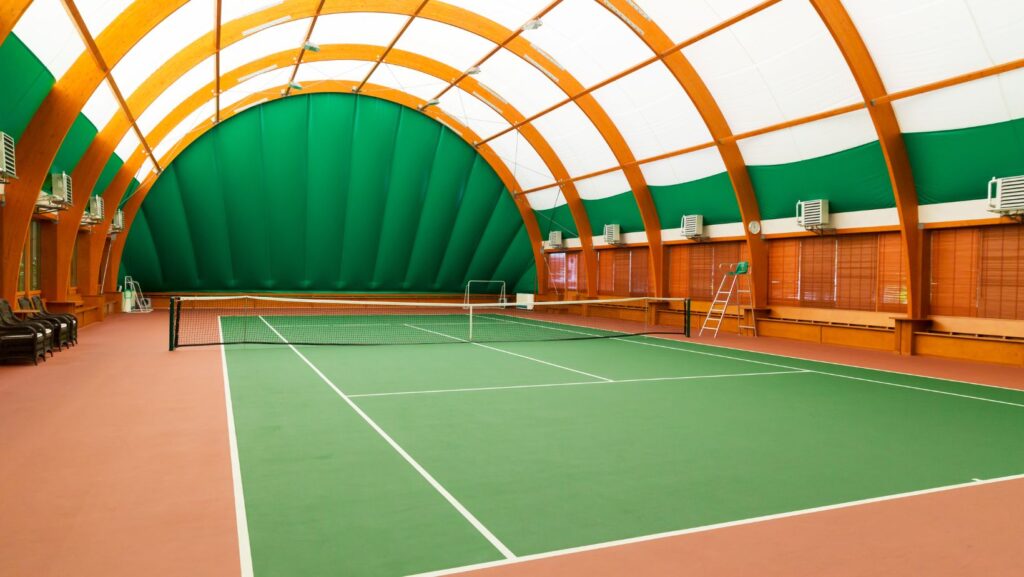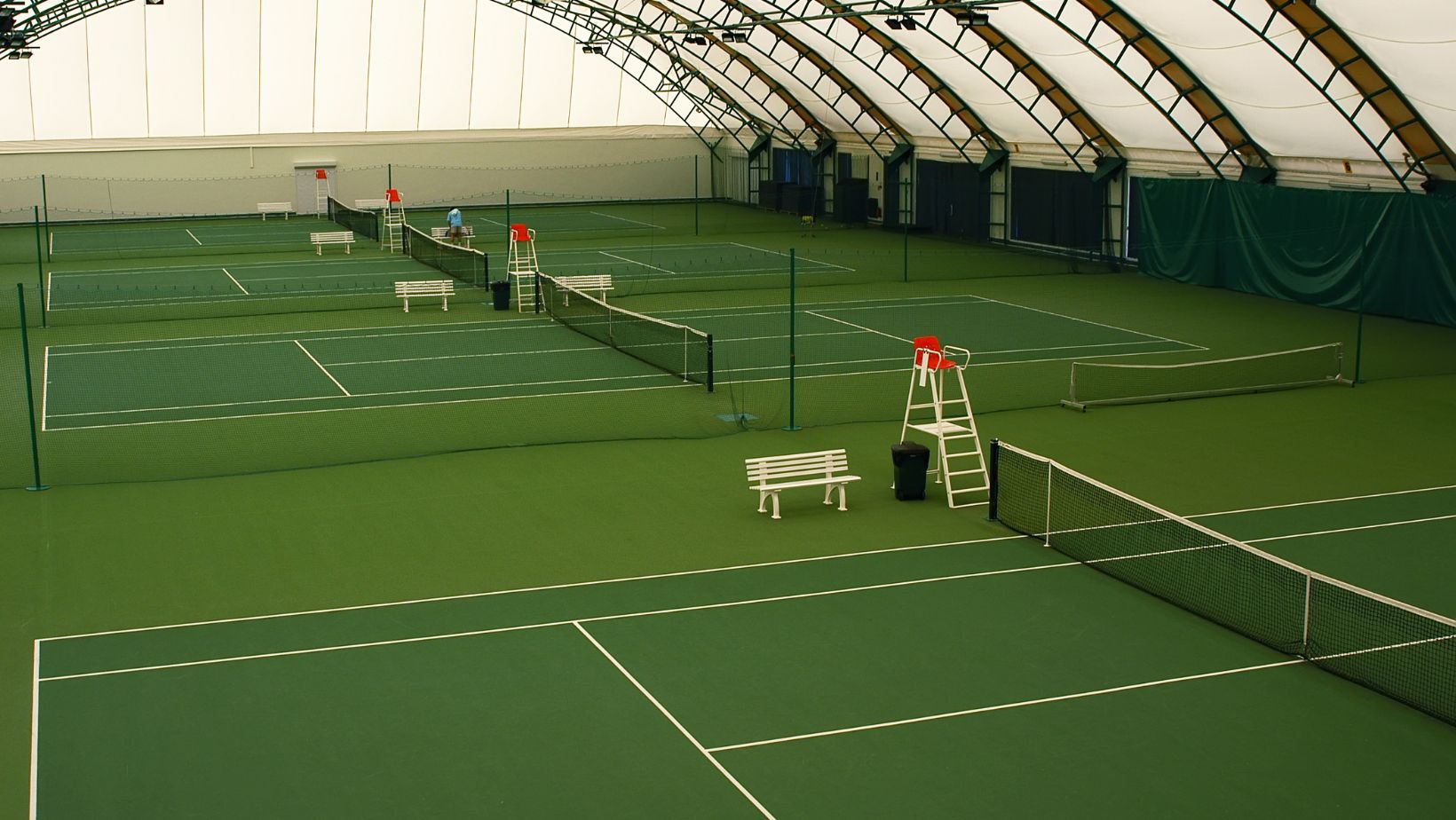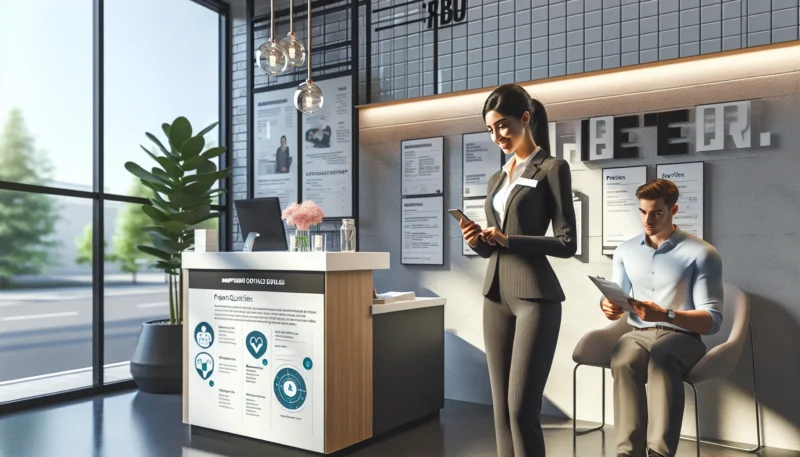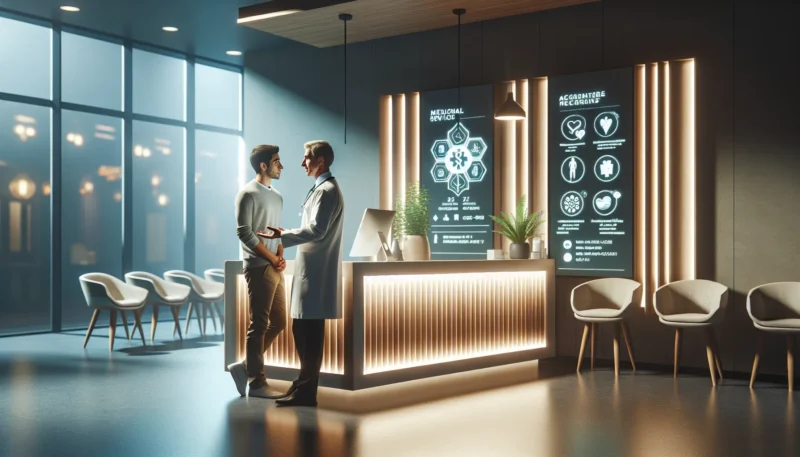
Introduction to Indoor Tennis Courts
Indoor tennis courts have revolutionized the way tennis enthusiasts play and practice the sport. Unlike outdoor courts, which are subject to weather conditions, indoor facilities offer a controlled environment for uninterrupted gameplay.
Advantages of Indoor Tennis Courts
Weather Independence
One of the primary advantages of indoor tennis courts toronto is their immunity to weather conditions. Whether it’s scorching heat, pouring rain, or chilling cold, indoor courts provide a comfortable playing environment year-round.
Extended Playing Hours
With artificial lighting and climate control, indoor courts extend playing hours well into the evening. This flexibility allows players to schedule matches and practice sessions at their convenience, regardless of the time of day.
Controlled Environment
Indoor courts offer a consistent playing surface, free from the debris and irregularities often found on outdoor courts. Players can focus entirely on their game without worrying about uneven bounces or slippery surfaces.
Types of Indoor Tennis Courts
Indoor tennis courts come in various surfaces, each offering unique playing characteristics:
Hard Courts
Hard courts feature a durable surface made of asphalt or concrete covered with an acrylic layer. They provide fast-paced gameplay with consistent ball bounce.
Carpet Courts
Carpet courts have a synthetic surface resembling carpeting. They offer medium-paced gameplay and are often preferred for their indoor durability.
Clay Courts
Clay courts, although less common indoors, provide a slower playing surface with high bounce. They are popular among players who prefer a more traditional clay court experience.
Artificial Grass Courts
Artificial grass courts simulate the feel of natural grass, offering a soft surface with moderate ball bounce. They require minimal maintenance compared to natural grass courts.
Construction and Design Considerations
When constructing indoor tennis courts, several factors must be considered to ensure optimal playing conditions:
Flooring Materials
The choice of flooring material impacts gameplay and player safety. Common options include cushioned acrylic, rubberized surfaces, and interlocking modular tiles.
Lighting
Proper lighting is essential for visibility and player performance. LED lighting systems with adjustable brightness levels are often preferred for their energy efficiency and uniform illumination.
Climate Control
Maintaining a comfortable temperature and humidity level is critical for indoor courts. HVAC systems regulate air quality and temperature, ensuring a pleasant playing environment.
Maintenance Tips for Indoor Tennis Courts
To keep indoor tennis courts in top condition, regular maintenance is essential:
Cleaning Procedures
Regularly sweep or vacuum the court surface to remove dust, dirt, and debris.

Periodic deep cleaning with specialized equipment helps maintain surface integrity.
Surface Repairs
Address any cracks, chips, or uneven areas promptly to prevent player injuries and prolong the lifespan of the court. Resurfacing may be necessary every few years to maintain optimal playing conditions.
Equipment Maintenance
Inspect and maintain nets, posts, and court accessories regularly. Replace worn-out equipment and perform routine checks to ensure safety and functionality.
Costs Associated with Indoor Tennis Courts
While indoor tennis courts offer numerous benefits, they also come with associated costs:
Initial Investment
Constructing an indoor tennis facility requires significant upfront investment in land, construction, and equipment. Costs vary depending on factors such as location, size, and amenities.
Ongoing Expenses
In addition to initial construction costs, indoor courts incur ongoing expenses for maintenance, utilities, and staffing. Budgeting for these expenses is crucial for long-term sustainability.
Popular Indoor Tennis Court Facilities
Across the globe, numerous indoor tennis facilities cater to players of all levels:
Examples and Features
From state-of-the-art complexes with multiple courts to smaller community centers, indoor facilities offer diverse amenities such as pro shops, lounges, and fitness centers.
Training and Coaching Opportunities
Indoor courts play a crucial role in player development and training:
Importance of Indoor Courts in Training
Professional players and aspiring athletes often utilize indoor courts for year-round training, allowing them to hone their skills regardless of weather conditions.
Access to Professional Coaching
Many indoor facilities offer coaching services led by experienced professionals. These programs cater to players of all ages and skill levels, providing personalized instruction and training plans.
Community Engagement and Events
Indoor tennis courts foster a sense of community and camaraderie among players:
Tournaments
Indoor facilities host tournaments and events year-round, ranging from local competitions to international championships.

These events bring together players and spectators from diverse backgrounds.
Social Leagues
Recreational players can join social leagues and group programs to meet new people and improve their game in a friendly, supportive environment.
Junior Programs
Indoor facilities often offer junior tennis programs aimed at introducing children to the sport and developing their skills through structured lessons and activities.
Health and Fitness Benefits
Beyond the enjoyment of gameplay, indoor tennis offers numerous health and fitness benefits:
All-Weather Exercise Option
Indoor courts provide a convenient venue for cardiovascular exercise, agility training, and muscle strengthening, regardless of outdoor weather conditions.
Joint-Friendly Surface
Compared to harder outdoor surfaces, indoor court surfaces are typically more forgiving on joints, reducing the risk of impact-related injuries.
Mental Health Benefits
Engaging in regular physical activity on indoor courts can improve mood, reduce stress, and boost mental well-being through the release of endorphins and the satisfaction of achieving personal goals.
Environmental Impact
As environmental sustainability becomes increasingly important, indoor tennis facilities are adopting eco-friendly practices:
Energy Efficiency Measures
Installing energy-efficient lighting and HVAC systems reduces energy consumption and carbon emissions, minimizing the facility’s environmental footprint.
Sustainable Materials
Using recycled or sustainable materials for construction and maintenance helps minimize waste and resource depletion, contributing to a greener future for indoor tennis.
Comparison with Outdoor Courts
While outdoor courts offer their own advantages, indoor facilities provide unique benefits:
Pros and Cons
Indoor courts offer weather protection, extended playing hours, and controlled conditions but may lack the natural ambiance and open-air experience of outdoor courts.
Future Trends in Indoor Tennis Court Design
As technology and sustainability continue to evolve, indoor tennis facilities are embracing innovative trends:
Technological Advancements
From advanced court monitoring systems to virtual coaching platforms, technology is enhancing the player experience and improving training outcomes.
Sustainable Practices
Increasing focus on eco-friendly construction materials, renewable energy sources, and water conservation measures reflects the industry’s commitment to environmental stewardship.
Conclusion
Indoor tennis courts offer a versatile and reliable option for players of all levels, providing a comfortable and controlled environment for year-round play and training. With proper maintenance and community engagement, indoor facilities can continue to thrive while promoting health, fitness, and environmental sustainability.












